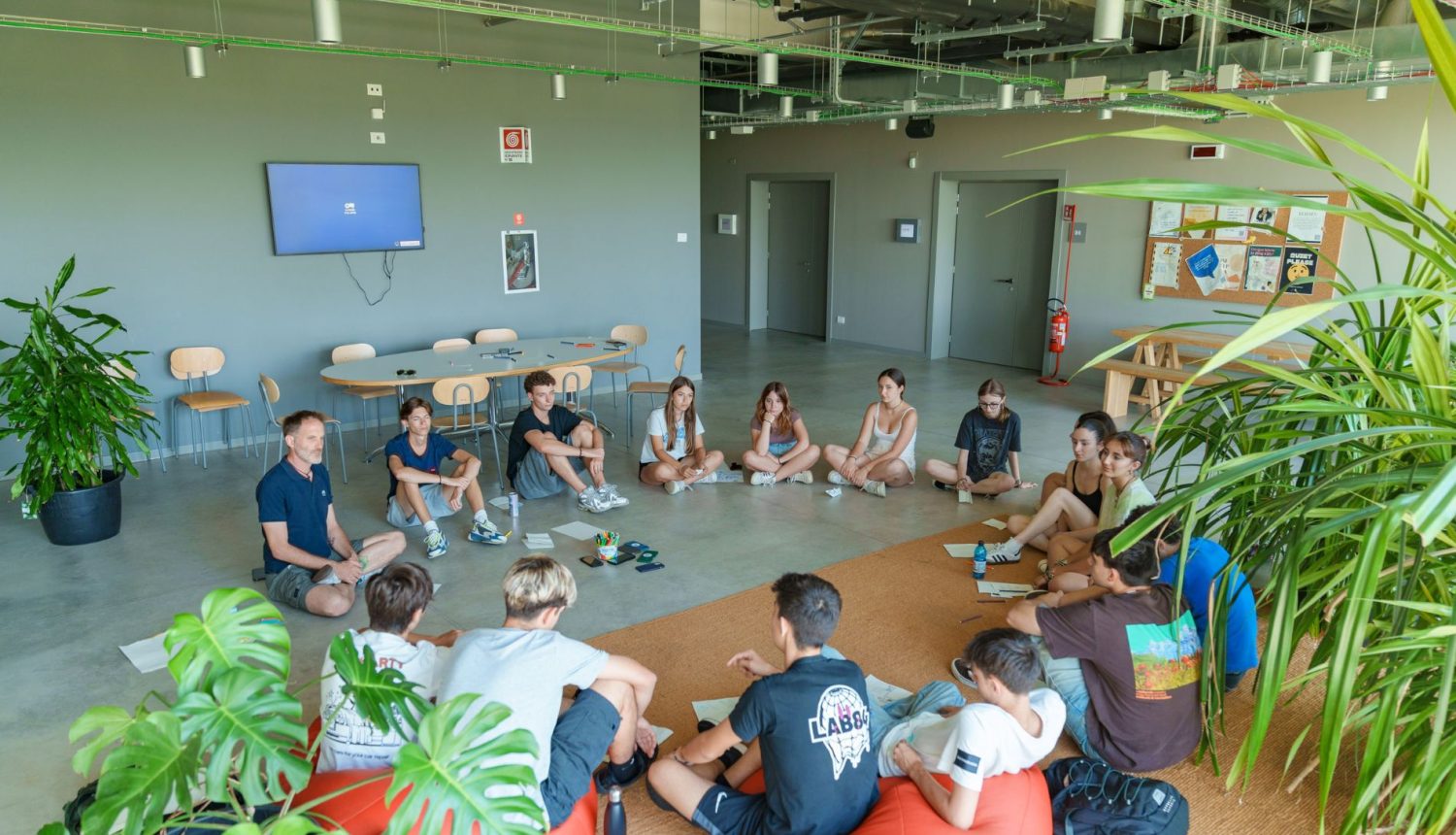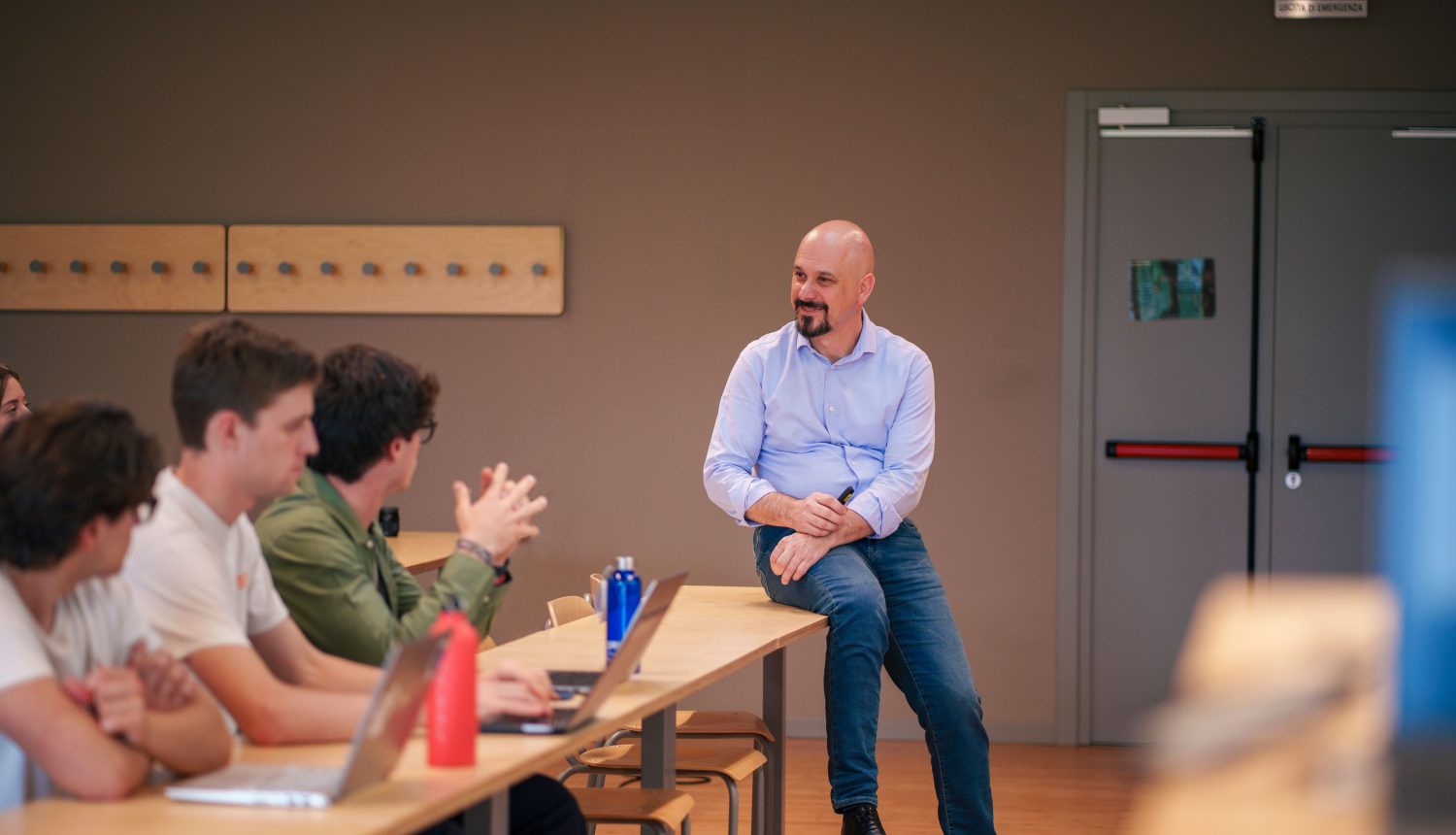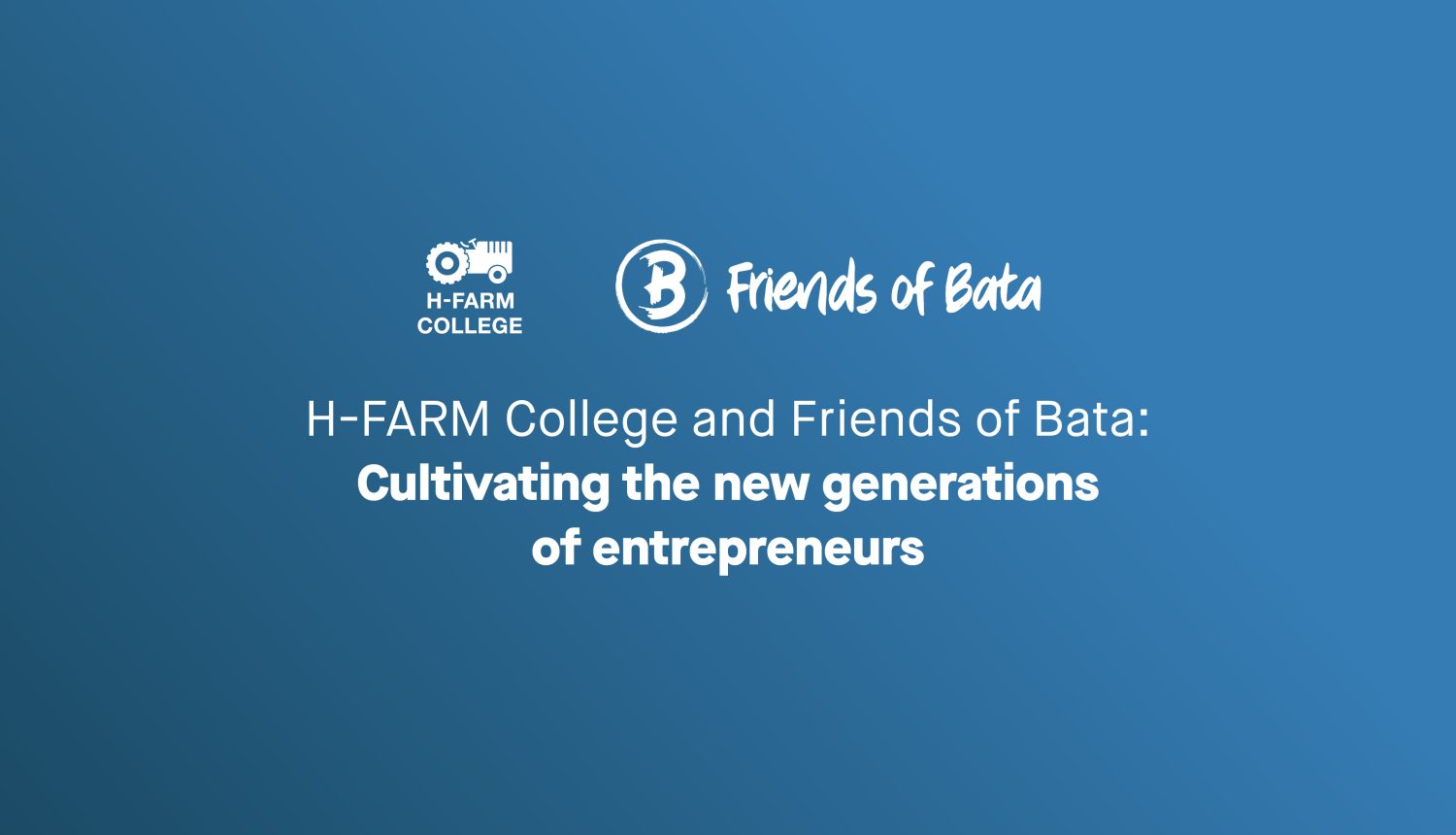Future scenarios: how to be ahead of the curve in times of change

Uncertainty is the only certainty…When we think about the future.
The latest news of IPCC-The Intergovernmental Panel on Climate Change (February 2024) announcing that we have reached the dreaded temperature of 1.5C reminded me of the future we want to provide for our children.
Now more than ever it is important that students and future leaders learn to use the information we have wisely and create foresight intelligence to navigate challenges.
H-FARM College is a pioneer, teaching students skills like future scenarios to empower them in their career and their life.
For those of you who met me, they probably remember my dream, teaching children and future generations to explore the future and build future scenarios and foresight. Teach as many people as possible the skills of the future: imagination, creativity, focus and emotional intelligence, together with making sense of large amounts of information with multiple perspectives and point of views; only then we become explorers of the future, innovative in our thinking and ahead of the curve. The employability of our students depends on how much they master a palette of lateral skills that are also necessary to navigate the future. For this reason and more we decided to develop the foresight capability further at H-FARM College.
However, despite the fact that human minds tend to swipe under the carpet what is scary and overwhelming, avoiding thinking logically and systematically about the future is not an option in this time and age.

In fact, the opposite is true: We need to strategically anticipate what is going to come to be ahead of the curve and be able to ‘act’ rather than ‘react’ to events.
The past 12 months showed a record 1.52 degrees Celsius, according to the European Union’s Copernicus Climate Change Service. El Niño current combined with the human-induced generated heat wave are linked to the extreme weather events globally. We don’t want to surpass the tipping point for our planet.
For the future generations and the survival of planet Earth, becoming short-termist is not an option.

According to Amy Webb (2024) deep dive article for the World Economic Forum Annual Meeting and Harvard Business Review, companies, governments and institutions in general need foresight and future scenarios to survive and thrive coupling short-, mid- and long-term views. It is not enough to create and execute the right strategy, foresight to navigate change needs to develop hand in hand with the strategies.
In the 80’s and 90’s foresight and strategy worked hand-in-hand, they were sort of the same discipline, looking at the horizon to navigate an ever changing environment, like the bedouins traveling in the desert dunes continuously moving with the wind.
Joining the force of data-backed quantitative models with compelling narratives to include perceptions, biases, change and uncertainty in the picture, was a must to provide a defensible long-term point of view, align priorities, engage leaders in a negotiated agreement and create a common language in building scenarios for the future.
But the future scenarios were not only used to create foresight but mainly to calibrate near-term strategies with a wider more resilient perspective.
One can only ask: why are we not doing it more? Or always? Why are we not maintaining this potent duo together?
Strategies have a blind spot, they focus only on possible causes of action, forgetting socio-economic change and other contextual changes; foresight has a weak point, it is qualitative in nature and needs strategy to execute. We all know that working with only one point of view weakens resilience and creates possible flawed assumptions about the future context.
At H-FARM College we teach exactly this, exploring future scenarios to understand the ramification of today’s events in a rigorous, almost scientific way to develop more forward-looking and resourceful people.
The first cohort of students attending the “Foresight and Future Scenarios Analysis” course during their second year of university at H-FARM College learned how to master exploration, developing a multitude of future scenarios.

Consider how changes in climate have halted economies, how quickly an epidemic may threaten human survival and how perception of crises on the stock market may lead to a downfall. Is that worth understanding a bit more about future scenarios for our business success, our societies and our future?
The students at H-FARM College developed incredibly insightful scenarios, for example on the future of polarization, or the future of life extension, and so on. They pushed themselves beyond the immediate and activated synapsis in their brains they probably forgot, or maybe experienced neural plasticity and formed new synapses, new futures, new opportunities for them and the world.
The opportunity these students have at H-FARM College is comparable to none.
The art and science of foresight and future scenarios is one that needs to be acquired early in life, that needs practice not theory and our students and H-FARM are in prime position for this.
While we, as H-FARM College, are investing as much as possible on this important study field, at the same time we really hope that more and more higher education institutions across the world are doing the same because I believe our society needs graduates who master foresight and future scenario building.
If you haven’t done it yet, reach out to H-FARM College and spark a conversation about these issues.
Maddalena Campioni, Professor of Practice








 Back
Back
